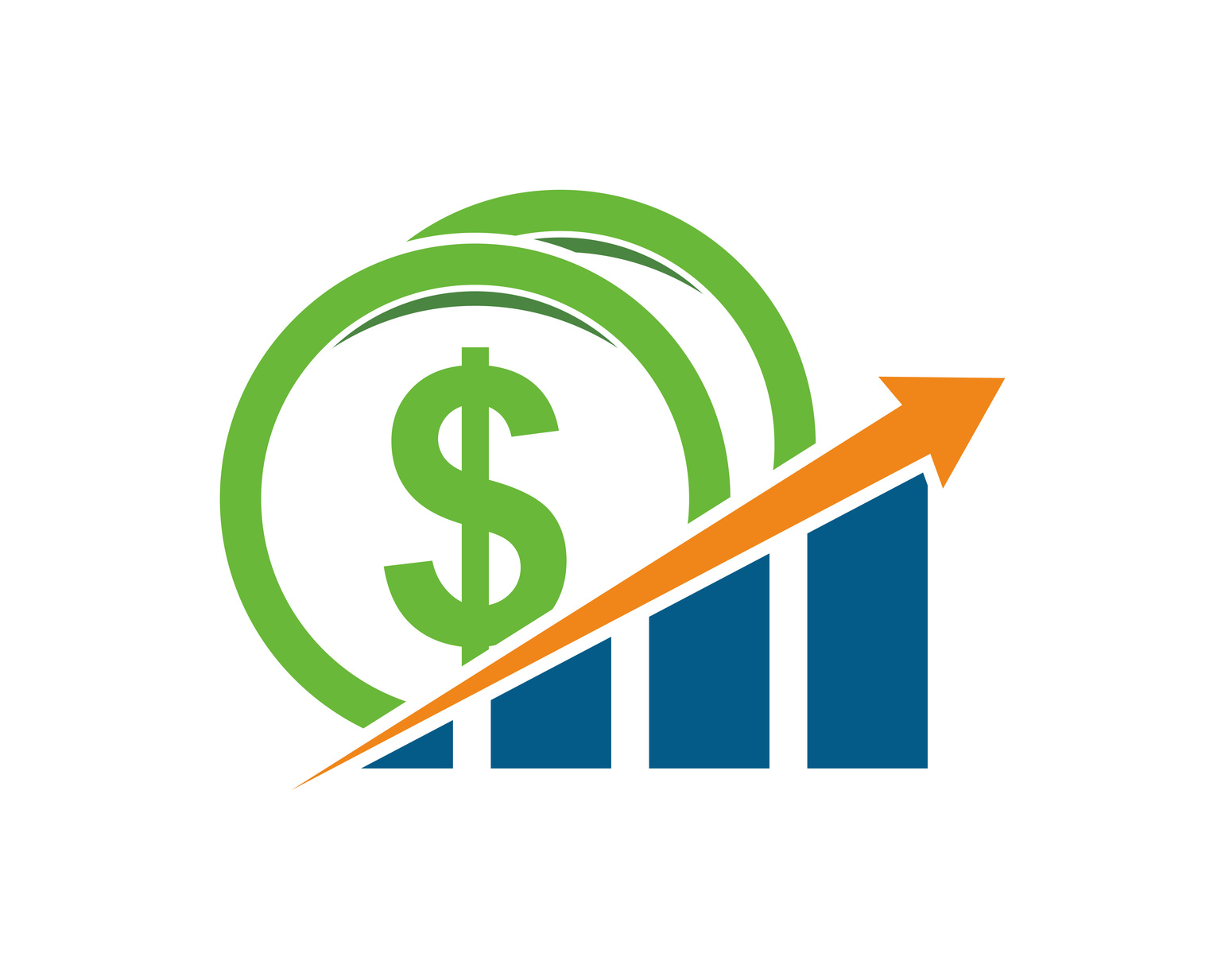In the realm of retirement planning, understanding different investment vehicles is crucial for financial success and stability during the golden years. One of the most popular and advantageous of these is the Roth Individual Retirement Account (IRA). In this exploration, we delve into what a Roth IRA is, its unique features, and how it differs from other retirement accounts. We further delve into the specifics of current Roth IRA rates, including what they are, IRS guidelines, and the essential annual contribution and income eligibility limits. Ultimately, the goal is not to merely understand Roth IRAs but to learn how to maximize returns using this form of investment.
What is a Roth IRA?
Understanding Roth IRA: A Retirement Savings Vehicle
A Roth Individual Retirement Account (IRA) is a type of retirement savings account that allows you to contribute after-tax dollars. This essentially means that the money you put into a Roth IRA has already been taxed before it goes into your account. Unlike traditional IRA, which gives immediate tax benefits but taxes withdrawals in retirement, Roth IRA requires paying taxes on contributed income upfront but guarantees tax-free withdrawals in retirement.
Roth IRA contributions tend to grow tax-free, which means you don’t owe any tax on the capital gains, dividends, and interest that accumulate in your account over time. Deepening the account’s allure, there are no Required Minimum Distributions (RMDs) during the lifetime of the original Roth IRA owner, providing more room for capital to accumulate tax-free.
Current Roth IRA Rates: What You Need To Know
While it might seem confusing, Roth IRAs don’t actually have interest rates in the traditional sense. Rather, your Roth IRA’s rate of return is predominantly determined by the investments you choose to hold within it.
Since a Roth IRA can hold various investment assets like stocks, bonds, mutual funds, exchange-traded funds (ETFs), and more, the rate of return is dependent on the investment performance. Due to this diversity, one can’t gauge a singular, static “Roth IRA rate.”
Nonetheless, general investment guidelines can be applied. More conservative investments such as bonds or CDs generally yield lower returns but bring less risk. Conversely, more aggressive investments like stocks or mutual funds can potentially generate higher returns but come with a higher level of risk.
Additionally, while making contributions to a Roth IRA, be aware of the IRS contribution limits. For 2022, the standard limit is set to $6,000, or $7,000 for savers aged 50 and older. These limits are reviewed and possibly adjusted annually by the IRS.
Roth IRA: A Superior Alternative to Other Retirement Accounts
The beauty of a Roth IRA, as compared to other retirement savings accounts such as the traditional IRA or 401(k), is the unique tax advantages it presents. These accounts are fueled by after-tax dollars, which means withdrawals during retirement are tax-free. For those who foresee a rise in tax rates over the years, this is a significant advantage.
Investment gains within a Roth IRA expand tax-free over time, setting the stage for substantial savings over time. Freedom from future tax liabilities can also be an effective aspect in a well-thought-out estate plan.
Moreover, Roth IRAs offer greater flexibility regarding withdrawal regulations. In contrast to the mandatory minimum distributions required by traditional IRAs and 401(k)s once you reach 72 years of age, Roth IRAs have no such mandate and allow your investments to continue to prosper tax-free.
Nonetheless, bear in mind that investment is usually at the mercy of market conditions. Therefore, it is wise to diversify and devise a plan keeping your individual needs, your risk tolerance, and your retirement objectives in focus.

Understanding Current Roth IRA Rates
Current Roth IRA Rates: What You Need to Know
The Roth Individual Retirement Account (IRA) is a worthwhile option for individuals seeking financial security post-retirement. It offers tax-free growth and tax-free distributions during retirement. But to truly reap the full benefits, it is crucial to familiarize yourself with the current Roth IRA rates, yearly contribution limits, and income eligibility limits. Also, it’s beneficial to be aware of guidelines laid out by the Internal Revenue Service (IRS).
Annual Contribution Limits
For the year 2022, the IRS has set the Roth IRA contribution limit at $6,000 for individuals under 50. Individuals 50 and older can make an additional $1,000 catch-up contribution, bringing the total to $7,000. These contribution limits typically stay the same or adjust annually for inflation. It’s crucial to note that these are aggregated limits across all your IRA accounts, including Traditional and Roth IRA.
Income Eligibility Limits
The IRS also imposes income limits to determine who can contribute to a Roth IRA. For instance, in 2022, the limit for singles and heads of household begins at Modified Adjusted Gross Income (MAGI) of $129,000 and phases out entirely at $144,000. For married couples filing jointly, the phase-out range is $204,000 to $214,000. If your income exceeds these thresholds, you’re ineligible to contribute to a Roth IRA directly.
IRS Guidelines
The Roth IRA contribution limit depends on the IRS-set guidelines. These limits based on age, marital status, and MAGI ensure that everyone has a fair chance to invest in their retirement. If you exceed these income limits but still want to contribute, you might consider the backdoor Roth IRA strategy, converting a Traditional IRA into a Roth IRA.
The IRS also has distinct rules about Roth IRA withdrawal which are tied to age and how long the account has been open. There are no required minimum distributions (RMDs), unlike Traditional IRAs, which means individuals can leave the money in their account to spend or pass on tax-free to their heirs.
Current Year Updates or Changes
In 2022, the contribution limits for a Roth IRA stayed unchanged from 2021, staying at $6,000 annually, or $7,000 with a catch-up contribution. Notably, the income phase-out ranges increased due to inflation adjustments.
Staying current with Roth IRA rates and rules is essential for effective retirement planning. Investors who are aware of these tax advantages can reap substantial benefits and adhere to IRS guidelines by maximizing their Roth IRA contributions. Regular monitoring of these IRA updates is beneficial to ensure optimal planning.

How to Maximise Roth IRA Returns
Understanding Roth IRA and its Returns: The Art of Maximizing Retirement Investments
A Roth Individual Retirement Account (IRA) is an excellent investment option, providing tax-free growth and withdrawal potential. It is a powerful tool for retirement planning since contributions are made with post-tax dollars, allowing for tax-free earnings growth. Another important advantage is the absence of mandatory withdrawal requirements throughout the owner’s lifetime, ensuring the funds remain untouched until required. However, successful returns on a Roth IRA need careful strategies such as choosing suitable investments, making consistent yearly contributions, and starting these investments early.
Choosing the Right Investment Options within Roth IRA
Several investment options are available under Roth IRA, including stocks, bonds, mutual funds, and exchange-traded funds (ETFs). It presents a broad spectrum of opportunities, allowing individuals to invest according to their risk tolerance and financial goals.
For higher returns, many individuals choose to invest in stocks, namely growth stocks or dividend stocks. Growth stocks are future-oriented and expected to outrun the market, making them high risk but potentially high reward. In contrast, dividend stocks offer regular payouts that can be reinvested to generate compound interest, stabilizing the investment’s growth.
Bonds are selected by those who prefer lower-risk investments. Although they promise relatively lower returns, they bring a stable income and preserve capital. Moreover, mutual funds and ETFs provide diversification, allowing you to spread out the risk across various assets, leading to the possibility of more reliable returns.
Consistent Yearly Contributions: A Steady Flow Toward Higher Returns
Making regular and consistent contributions to a Roth IRA is crucial for maximizing returns. The IRS permits a specific amount to be contributed per year, depending on the individual’s age. As of 2022, the total contribution for individuals under the age of 50 is $6,000, while those aged 50 and above can contribute an additional $1,000, referred to as the “catch-up” contribution.
By maximizing these contributions each year, an individual can significantly enhance the Roth IRA’s potential for growth. Consistent contributions ensure a steady inflow of funds, which subsequently compound over time to generate substantial returns, particularly if the contributions are fully invested.
Starting Early: The Power of Compound Interest
The most optimal strategy for maximizing Roth IRA returns is to start investing early. The earlier an individual begins contributing, the more time the money has to grow. This is primarily due to the power of compound interest, where the interest earned by your contributions is reinvested to generate further interest.
When an individual starts contributing early, their total balance increases considerably over time even if the annual contribution is relatively small. This early start results in a larger overall investment later in life.
In conclusion, maximizing Roth IRA returns heavily depends on the investment options chosen, consistency in yearly contributions, and an early start. It all combines into a promising formula for achieving substantial and beneficial returns on your Roth IRA. By making informed decisions within these areas, you will be well on your way to securing a more comfortable and financially stable retirement.

Optimizing your Roth IRA revenues might mean the difference between a stressful retirement and a comfortable one. Armed with a thorough understanding of the Roth IRA and the current rates, you can make informed decisions about your contributions, eligibility, and investment options. Embracing strategies such as making consistent yearly contributions, choosing the right investment options, and starting early is pivotal for maximizing return rates. As you plot your course towards retirement, the insights and tactics shared herein will inevitably prove invaluable, positioning you for a future of robust financial health and stability.
